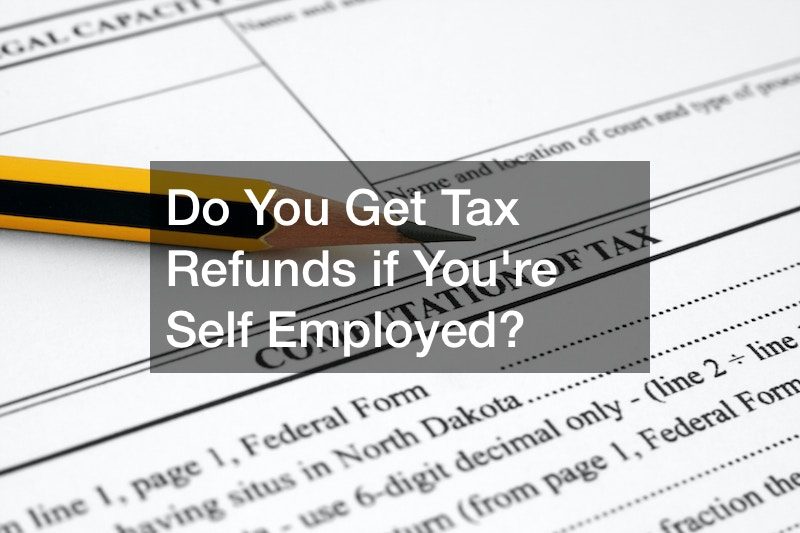
Navigating the realm of self-employed income taxes can be a formidable task, and the prospect of receiving a tax refund may seem elusive to many self-employed individuals. Unlike those employed by companies, the self-employed lack an employer to cover Social Security and Medicare taxes, leading to a 15.3% self-employed tax burden.
However, there are avenues for self-employed tax refunds. The crux lies in understanding the nuances of tax sessions for the self-employed.
The tax return for self-employed individuals includes a crucial document called Schedule C. This worksheet not only encapsulates business income and gross sales but also incorporates deductions that can significantly impact taxable income. For those with smaller business incomes, additional deductions and credits may result in a tax refund.
A noteworthy development in the tax year 2022 introduces a specific tax credit, exclusive to that year. Unlike deductions, this credit directly translates into money for qualifying individuals, contributing to the potential for self-employed tax refunds.
Another pathway to a tax refund involves overpayment into estimated quarterly income taxes. Self-employed individuals who overestimate and overpay their estimated taxes throughout the year may find themselves eligible for a refund when filing income taxes. It’s a crucial aspect often overlooked, yet it holds the key to financial relief for those navigating self-employed tax obligations.
In conclusion, contrary to common misconceptions, self-employed individuals can indeed secure tax refunds through various avenues, such as strategic deductions, credits, and careful management of estimated quarterly income taxes. Understanding these mechanisms can alleviate the challenges associated with self-employed tax refunds.




